Trees as Homemakers
Oct. 1, 2025 - In their quiet wisdom and rootedness, trees have much to teach us about creating home for ourselves and offering a home to others. By Stephanie and Wesley Vander Lugt
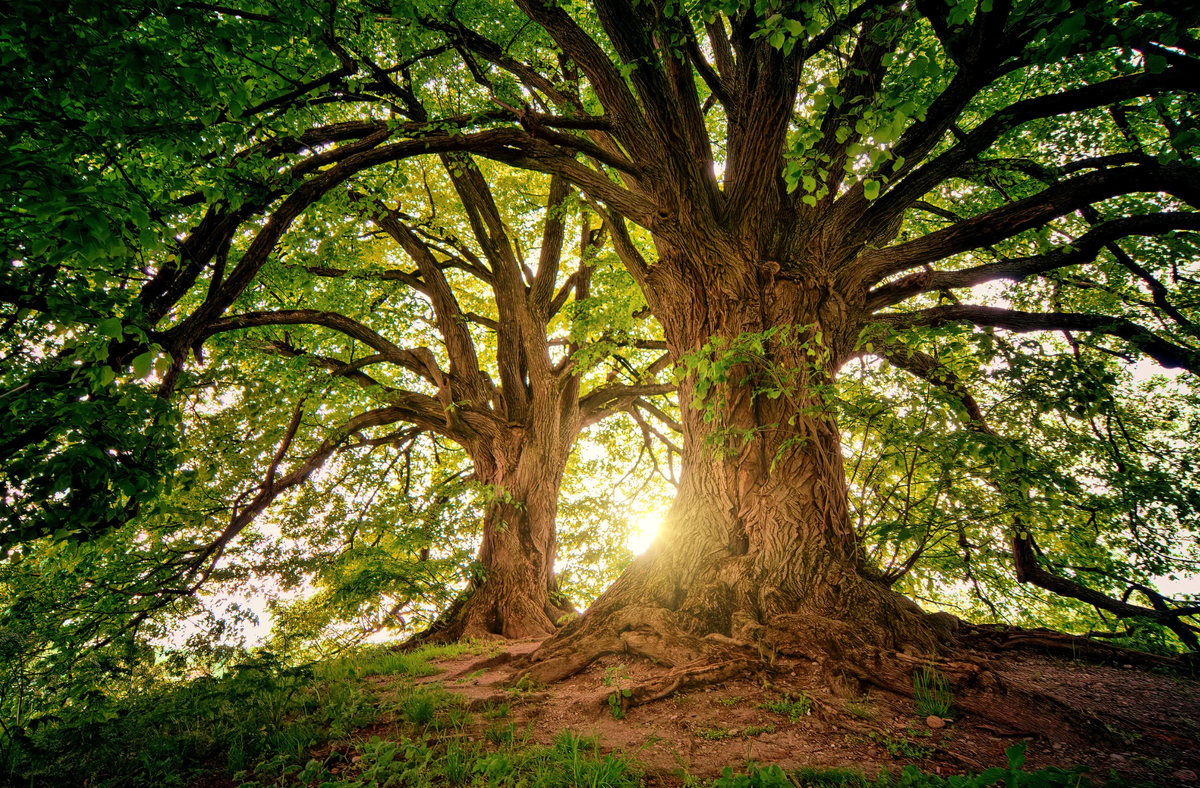
It is my pleasure to introduce you to guest writers Stephanie and Wesley Vander Lugt. Stephanie is the Co-Founder and Executive Director of Kinship Plot, an intentional community cultivating resonant relationships of every kind. She is also an ordained minister and a clinical social worker offering ecologically informed trauma therapy. Wesley is the Co-Founder and Operations Director of Kinship Plot, an ordained minister, and a professor of theology at Gordon-Conwell Theological Seminary. His publications include Beauty Is Oxygen: Finding a Faith that Breathes.
I hope you enjoy their reflection on what trees have to teach us about homemaking. If you want to hear more from Stephanie and Wes, check out the Earthkeepers podcast episode I recently recorded with them.

Available on all major podcast providers
With you on the Way - James

Trees are some of the most prominent, consistent, and beautiful markers of home. Pulling into our driveway, we are greeted by a pecan tree that has nourished us and many other neighbors for decades. Going around the back of the house, a towering willow oak stands guard over the backyard; an abundant line of Leyland cypresses marks the back lot line; southern magnolia, Japanese maple, and eastern redbud provide vibrant splashes of life and color; and a strong but slowly dying hickory is a favorite for squirrels, woodpeckers, and hawks.
These trees define “home” for us and the many other creatures who live here. But they also show us how to be homemakers. In their quiet wisdom and rootedness, trees have much to teach us about creating home for ourselves and offering a home to others. We can look to trees for wisdom and inspiration as they reveal possibilities for being hosts, listeners, stabilizers, and witnesses.
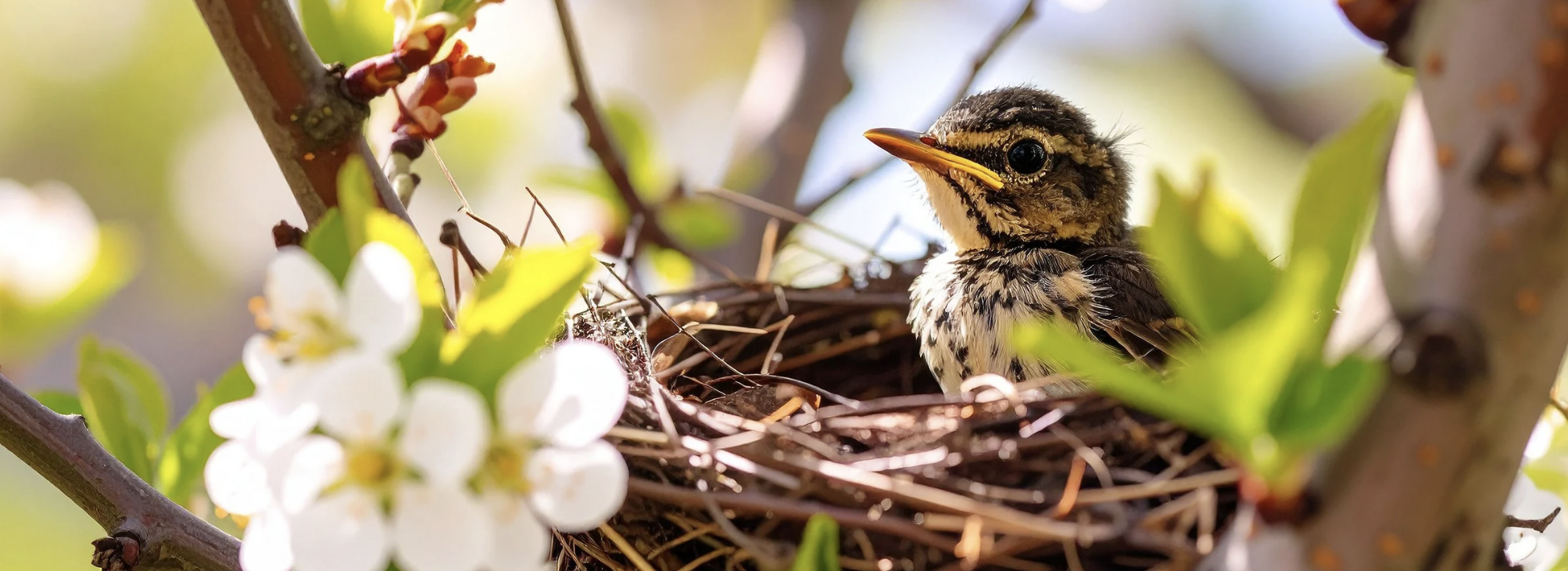
Trees as Hosts
Trees play a vital role in supporting diverse wildlife, serving as host plants for insects, fungi, birds, and other creatures, and by offering food, shelter, and breeding grounds. The pawpaw tree, for instance, is the sole host plant for the zebra swallowtail butterfly. Oak trees can host hundreds of different species of butterflies, moths, and other insects. One phrase captures it well: a host is someone who welcomes guests—be they enemies, strangers, or friends. Trees teach us the art of being this kind of host.
Trees challenge our culturally constructed notion of the “perfect host.” True hospitality involves regular interaction with others, leaving little room to curate a flawless image. Trees don’t wait to host until the conditions are ideal.
Trees remind us that hosting comes with risks. They host creatures that benefit them and those that pose a threat. Hospitality can always be misused, yet the most gracious hosts and welcoming communities embrace this reality. They understand that they may sometimes be “used,” but they choose to offer refuge regardless, accepting that hosting comes with both rewards and risks.
Trees show us that hosting isn’t a choice—it’s simply part of existence. Trees do not decide whether to welcome other creatures; they just do. In the same way, hospitality is not a single act of the will, but a way of being cultivated over a lifetime. We do not master it in an instant; rather, we grow into it through small, daily acts of faithfulness. As we contemplate the way trees are hosts, we are moved to ask:
Who am I welcoming into my space?
Who is offering me hospitality?
What lesson from trees could help me become a more generous host?
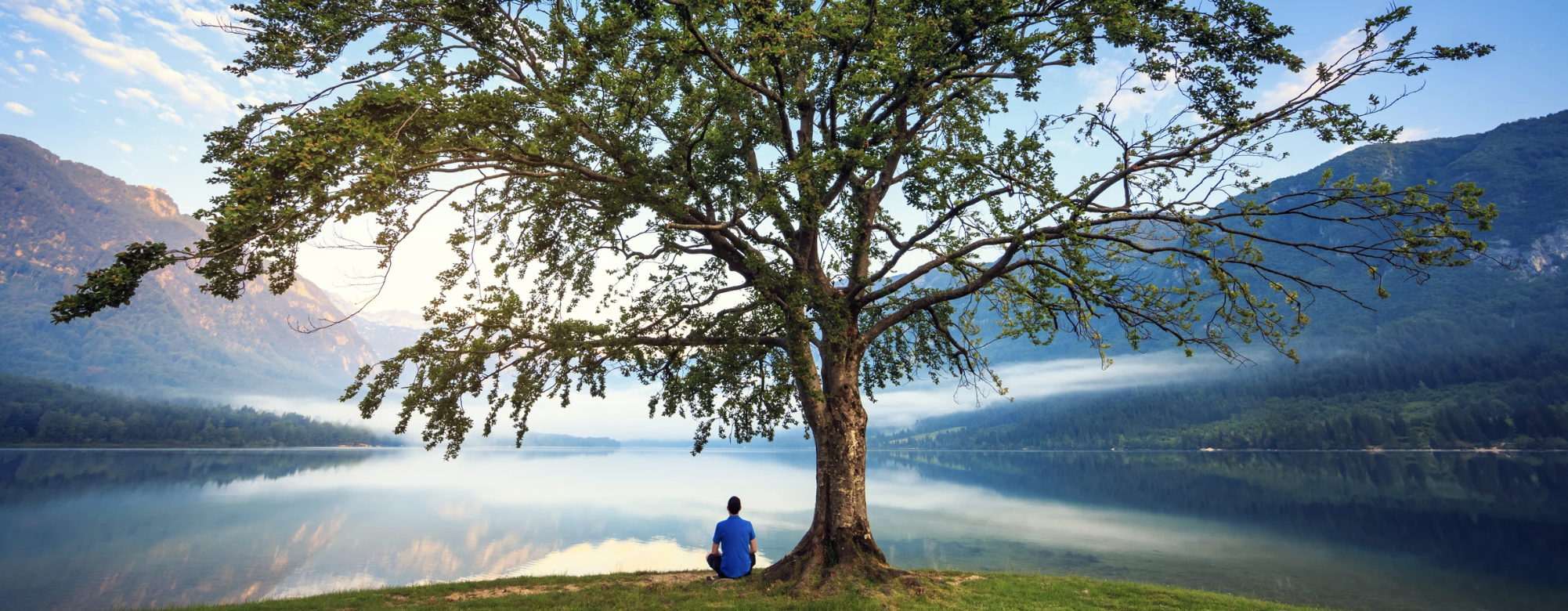
Trees as Listeners
Too often we face a situation—whether a person, problem, thought, or argument—and instinctively leap into action. We rush to respond before pausing and taking stock. In short, we aren’t good listeners. It’s time we learn from trees as the true masters of stillness.
Trees listen beyond ears and human perception. Through intricate connections with their environment and each other, they constantly respond, revealing a quiet awareness attuned to the earth's language. In their listening, trees offer us eared creatures countless lessons in how to be more present and attuned.
Trees listen through their roots, which are connected to vast, underground mycorrhizal networks. These fungal connections let them exchange nutrients and signals. When a tree is stressed, it sends warnings through the network, prompting neighboring trees to “listen” and activate their defenses.
Trees listen through vibrations, detecting subtle shifts in air and soil, like wind or animal footsteps. Some studies suggest plants may even grow roots toward the sound of running water, indicating sound-based and vibration-oriented listening.
Trees listen through light and touch, sensing changes with photoreceptors and adjusting growth accordingly. When branches sway or leaves are brushed, they trigger chemical changes that influence development.
The Hebrew prophet Isaiah envisions a hopeful day when God’s restoration brings such joy that trees clap their hands (Isaiah 55:12). Though metaphorical, this reveals a deeper truth: trees get it. Beings that feel the rhythm well enough to clap are the ones who truly listen. And so we ask:
How do I assess the quality of my own listening?
What lesson about listening do I most need to learn from trees?
How can I attune myself to the way trees listen and learn from their anchored presence?
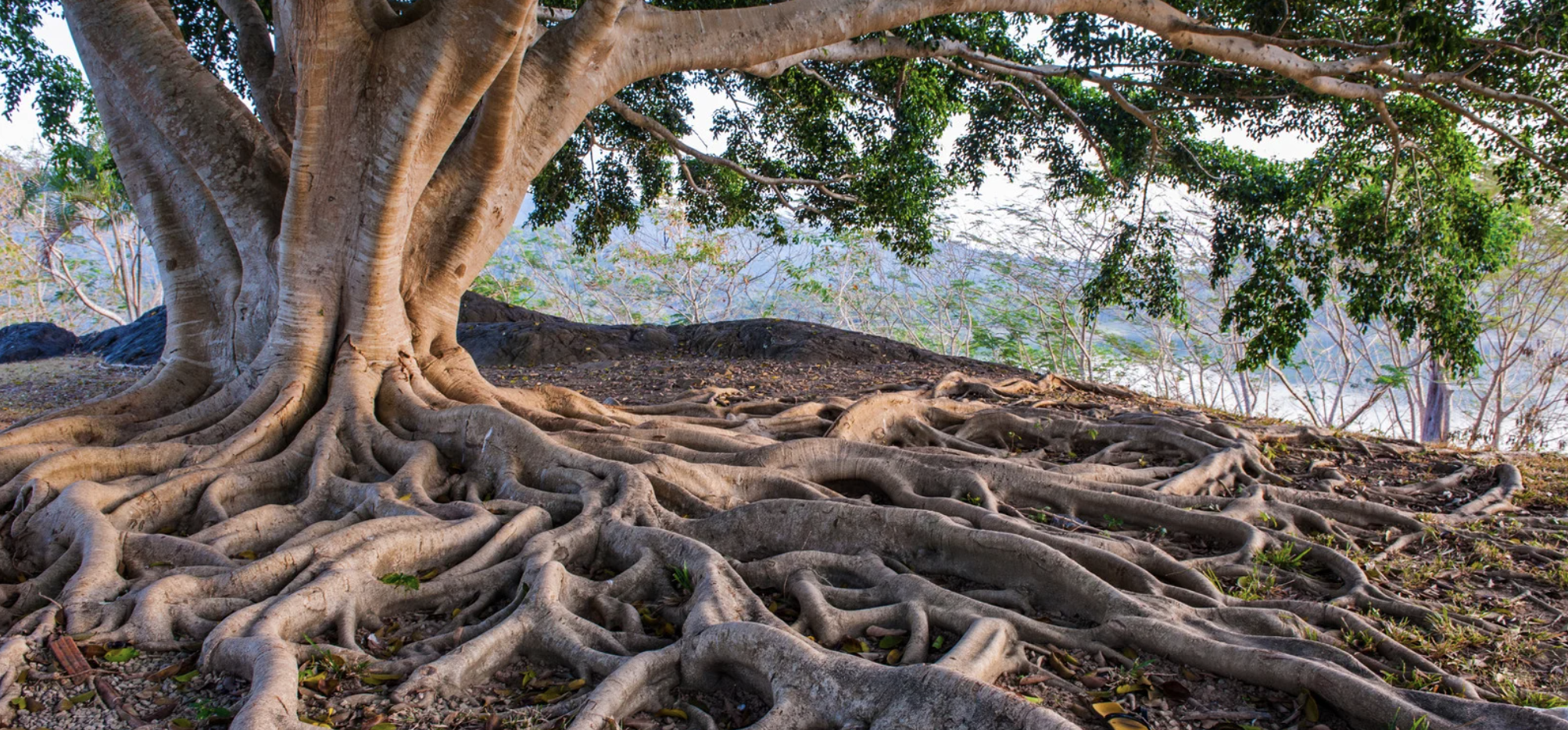
Trees as Stabilizers
In our increasingly mobile world, trees offer a beautiful model of stability. Trees are stabilizers for the soil, with roots reaching down and out to bind the soil together and prevent runoff and erosion. Their leafy canopies filter rainfall so it falls more gently and slowly on the soil, and their roots provide channels for the water to seep into the depths.
Trees are stabilizers for the atmosphere, absorbing carbon dioxide and pollutants, storing carbon, releasing oxygen, and improving air quality. Through their rootedness and leafy abundance, they counter forces that threaten to destabilize our finely tuned atmosphere.
Trees are stabilizers for other living creatures as well, providing consistent and reliable sources of habitat, food, building materials, communication, shade, compost, and many other elements that ensure the biodiversity and flourishing of the entire ecosystem.
And that ecosystem includes us humans. Trees help to stabilize us relationally by inviting us to interact with them and the other creatures they host. Trees also stabilize us emotionally, if we are willing to stand before them, walk among them, and pay attention.
Beyond these ordinary ways that trees stabilize, they also show us the goodness of stability itself, of remaining rooted in one place and receiving its physical, emotional, spiritual, and relational gifts. The Benedictine Christian tradition embraces stability as a core value and a portal into fullness of life. Contrary to popular wisdom that mobility creates greater freedom, Benedictines believe that rootedness is the precondition for true freedom and flourishing. Trees would agree.
It is fitting, therefore, that when the prophet Isaiah declares a word of hope for a grieving people, he describes their transformation as growing out of ashes into “oaks of righteousness” who display divine splendor and contain divine stability (Isaiah 61:3). Like towering oaks, strength comes by remaining rooted in good soil and growing through the continuous exchange of gifts offered by a particular place, its inhabitants, and the God who sustains them. And so we ask:
What can I glean from the stability of trees?
What aspect of trees’ stabilizing abilities strikes me?
Where do I need more stability?

Trees as Witnesses
While we often associate the word witness with sight — as in being an “eyewitness” — we know it goes deeper than just seeing. To witness is to be fully present, to hold a moment as it unfolds. It is to remember, to honor, and, when needed, to speak on behalf of what must not be forgotten. We bear witness not only through our words but also through our being — in how we live, act, and show up.
Many trees — especially the oldest among them — can be considered witnesses. They have stood through time, silently bearing witness to the unfolding of the world. Trees are story-keepers, remaining rooted in place for decades, even centuries, quietly observing the passage of time. In literature, they’re often portrayed as ancient beings who have “seen” generations come and go, holding memory deep in their rings and roots. In The Two Towers, J. R. R. Tolkien gives voice to an old tree creature (an Ent) who responds to the hobbits’ question about his name by saying:
“I have a name, but it is long, and I am not sure you would like it… For one thing it would take a long while: my name is growing all the time, and I've lived a very long, long time; so my name is like a story. Real names tell you the story of the things they belong to in my language.”
In short, trees hold the history we often forget but deeply need to remember, inviting us to slow down, look closer, and listen.
Lest this sound too poetic or symbolic, consider this: trees are also scientific witnesses. Through their growth rings, they record climate conditions year by year. Scientists can “read” these rings to understand past droughts, fires, and even volcanic eruptions that happened hundreds or thousands of years ago.
In some contexts, trees are even legal or environmental witnesses. In court cases involving land or ecological harm, forests can provide evidence of illegal logging, land use changes, or environmental damage. Some cultures and legal systems have gone so far as to recognize the personhood or rights of forests and rivers, allowing them to be represented in court, making them, quite literally, official witnesses to harm.
During Holy Week in the Christian tradition, we remember that the resurrection of Jesus reportedly took place in a garden (John 20:15). That means trees were present. Some olive trees in the Holy Land are among the oldest in the world, with root systems reportedly dating back over 2,000 years. Could it be that trees were the first to witness the risen Christ? Perhaps creation itself was the first to respond — waiting, watching, and bearing silent witness to redemption.
Thanks for reading. If you would like to contact us, or learn more about our work with Kinship Plot, click on the image below. Blessings and peace! Stephanie and Wesley



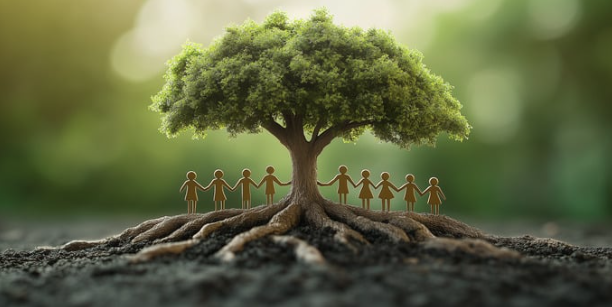


Comments ()